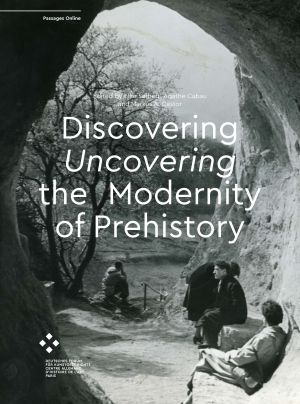Zitationsvorschlag
Identifier (Buch)
Veröffentlicht
Pablo Picasso and Joan Miró – The Discovery of Prehistoric Art: Lascaux and Altamira
Picasso and Miró paid a very particular attention to primitivism. Just as they were interested in children’s art and folk art, both artists also embraced prehistoric art in order to find formal solutions in their creations.
20th-century primitivism created an unprecedented break with artistic traditions. Aesthetic canons and creative approaches were revisited. The traditional media (canvas, bronze, marble) were exchanged for tougher, more natural materials (cardboard, stones, terracotta, natural objects). Reality invited itself into art and the traditional arts were relegated to other popular media (engraving, ceramics, graffiti).
Picasso and Miró incorporated many of these assumptions into their creations. In prehistoric art they found a repertory of non-academic plastic signs and motifs, as well as new points of reference for artistic creation. They even imitated the creative process of prehistoric artists. Picasso and Miró regained the spirit of primitive man in the accident of material and in the questioning of nature. In pure imagination, they drew from the spontaneous strength of the first artistic gaze. This is how they managed to create an ancestral spontaneous gesture, close to the art of origins. The adoption of this primitive attitude, of this “savage eye”, can probably explain the unlikely resemblances that we find in their work, beyond any direct formal loan from prehistory.
Picasso and Miró influenced a lot of artists in the second half of the 20th century who also adopted primitivist approaches. The many similarities and resonances that we find today between prehistoric art and contemporary art hardly seem the result of chance. Rather, they seem to respond to a deep change in the 20th-century art, far from academism and close to the primitive.
The instinctive gesture of artistic creation is an ancestral memory that, despite thousands of years, seems to be a vivid and universal value that 20th-century artists have deliberately summoned in their works and consciously reconquered in their spirit.







